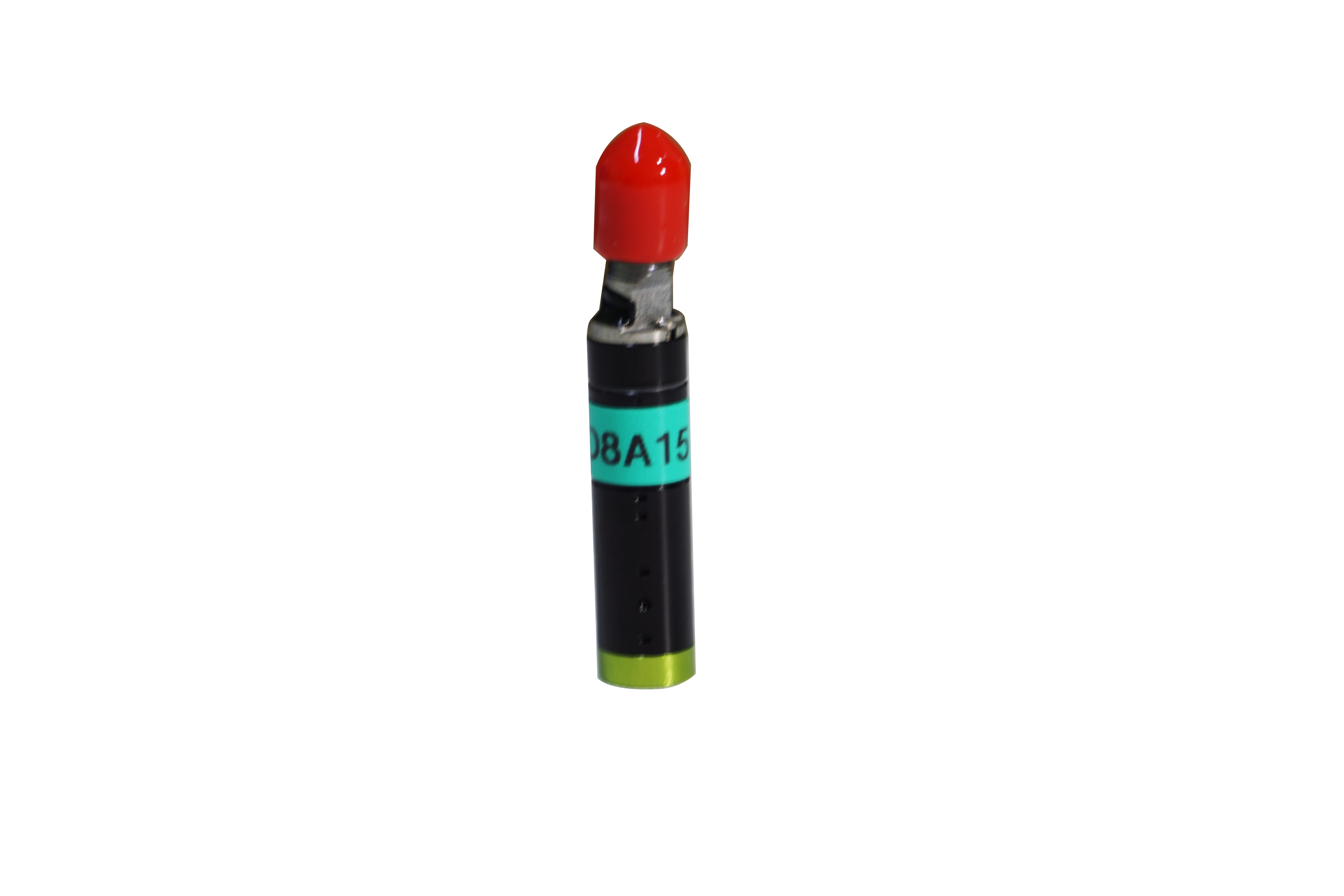2022-10-11
With the development of science and technology, high-tech has been able to be seen everywhere in our lives, in industrial production, the traditional detection basically rely on manual detection, low work efficiency, the result is relatively large error. The emergence of 3D machine vision inspection has solved these problems, and the machine has replaced the manpower and improved the accuracy rate.

1, efficiency (machine faster than times)
The rapid development of industrial automation has greatly improved the production efficiency, which puts forward higher requirements for the detection efficiency. Manual detection efficiency is in a fixed range, can not be greatly improved, and in the repeated and mechanized detection process of the assembly line, machine vision inspection personnel are prone to fatigue, resulting in reduced detection efficiency; 3D machine vision inspection can detect products faster, especially when detecting high-speed moving objects in the production line, the machine can improve the detection efficiency, and the speed can even reach 10-20 times that of the manual;
2. Accuracy (manual subjectivity affects accuracy)
Due to the physical limitations of the human eye, even relying on a magnifying glass or microscope to detect products will be affected by subjectivity, accuracy can not be guaranteed, and the standards of different inspectors will also be different; The accuracy of the machine has obvious advantages, and its accuracy can reach one thousandth of an inch. And 3D machine vision inspection machines are not subject to subjective control, as long as there is no difference in parameter Settings, multiple machines with the same configuration can maintain the same accuracy:

3. Objectivity (fatigue loss difference)
Manual detection will inevitably appear fatigue, and there is a fatal defect, that is, the subjectivity brought by emotions, the detection results will change with the mood of the detection personnel; And the machine has no joy and sorrow, and the machine vision detection results are naturally more objective and reliable.
4. Repeatability (large differences in standardized processes)
The machine can complete the inspection work in the same way again and again without getting tired; In contrast, artificial long-term repetitive testing will certainly produce fatigue, while each time the machine vision inspection product will be slightly different, even if the product is exactly the same.
Through the explanation of the above small series of Liyi technology, I believe that everyone has a general understanding of the advantages of 3D machine vision detection, the use of machine vision detection in industrial production liberates people's hands, saves the production process of products, shortens the production cycle of industrial products, reduces the production defects of industrial products, and has been popularized in many enterprises. The production efficiency of the enterprise has been significantly improved.



